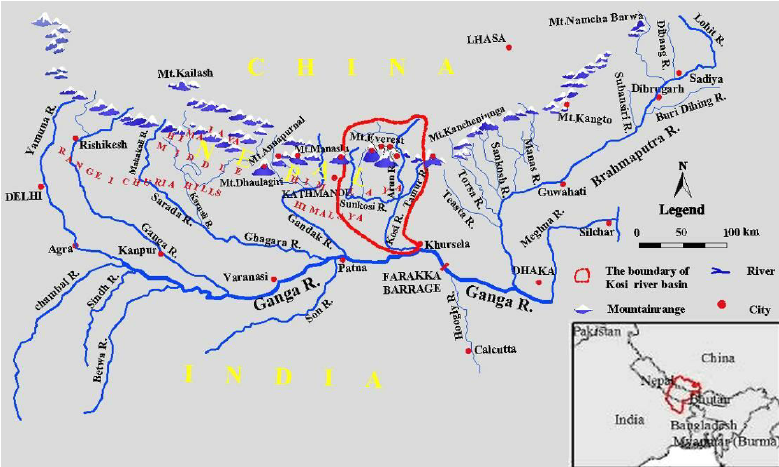Free Courses Sale ends Soon, Get It Now


Free Courses Sale ends Soon, Get It Now



Disclaimer: Copyright infringement not intended.
Context
Details
Proposed hydropower projects between India- Nepal:
About Saptakoshi High Dam:
River Saptakoshi:
Other Recent Developments in India-Nepal Relations
BOOT (Build Own Operate and Transfer):
Hydropower Initiatives:
Cross-border Rail Connection:
|
PRACTICE QUESTION Evaluate India’s foreign policy towards its neighbors and how it has evolved over time. (250 words) |
© 2024 iasgyan. All right reserved